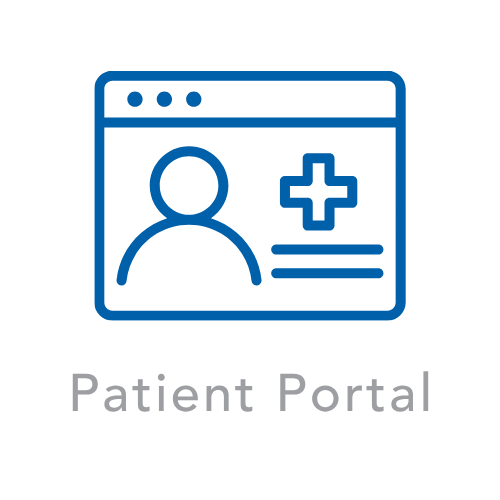The guidelines advise doctors and patients on the proper intervals for mammograms and breast exams in a effort to detect breast cancer early, when it is most likely to be treatable.
Despite recent controversies over its usefulness, especially in women under age 50, mammography is still considered to be the gold standard for early detection of breast cancer, experts said.
“Women and doctors need to understand that we are more confident than ever in the benefits of mammography,” said Debbie Saslow, PhD, director of breast and gynecologic cancers for the American Cancer Society. “The benefit is particularly clear for women in their 40’s. We have much more evidence, and much more convincing evidence, that those women benefit.”
For this reason, the basic screening recommendation remains unchanged. Women are still advised to get a mammogram every year, starting at age 40.
But the new guidelines put more emphasis on education women-especially those at increased risk for breast cancer – about the benefits and limits of mammography and other screening methods.
Under the old guidelines, for instance, women with a higher than average risk for breast cancer (those who have already had the disease, or who have a family history of it, or with a genetic mutation that greatly increases their risk of developing it) were advised to discuss screening with their doctor.
The updated guidelines are more specific about who is at increased risk and their options for screening. Now, women and their doctors are encouraged to discuss the possibility of beginning screening earlier (at age 30, or in rare cases even younger). Another option might be to consider screening with breast ultrasound or MRI in addition to their regular mammogram.







